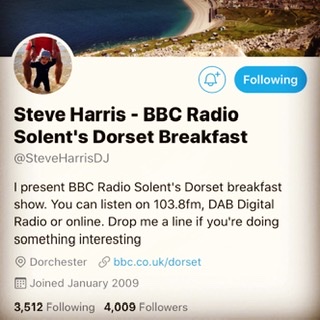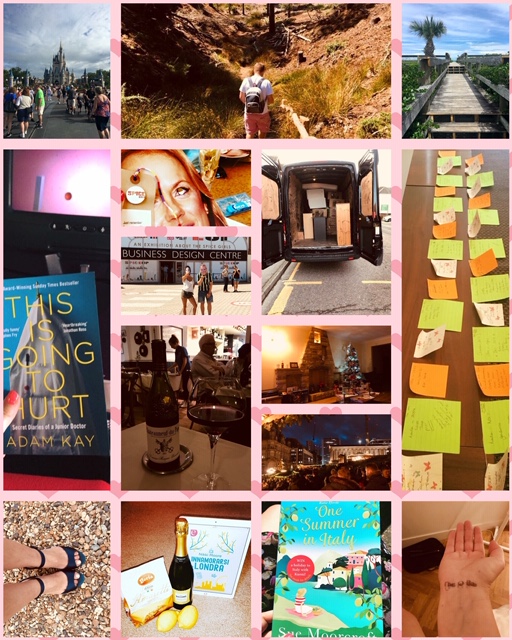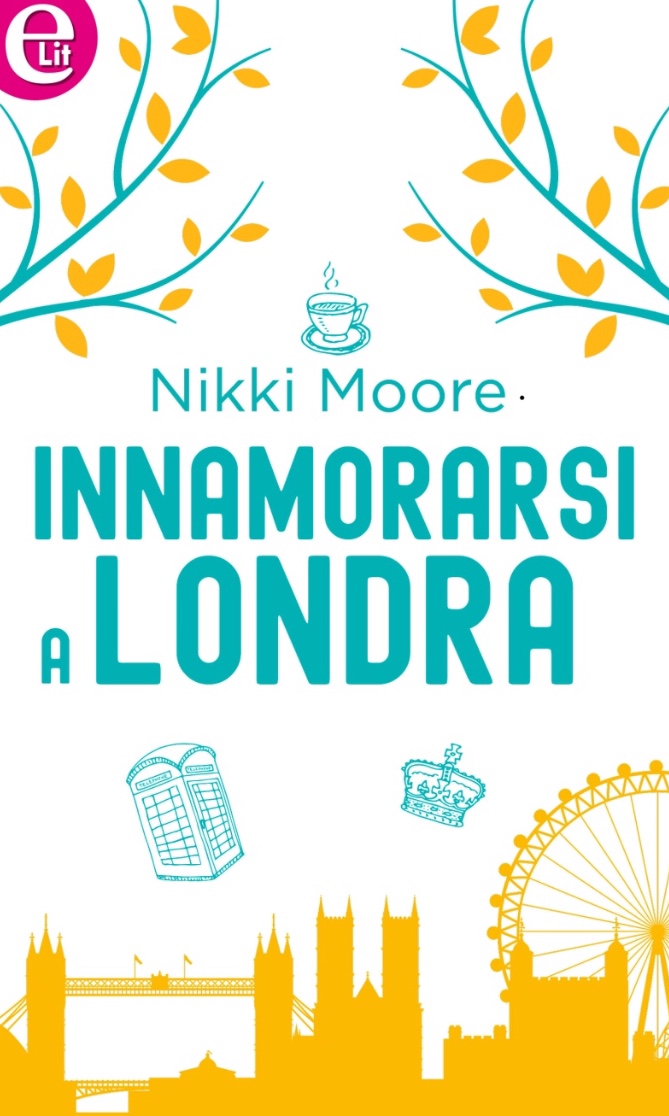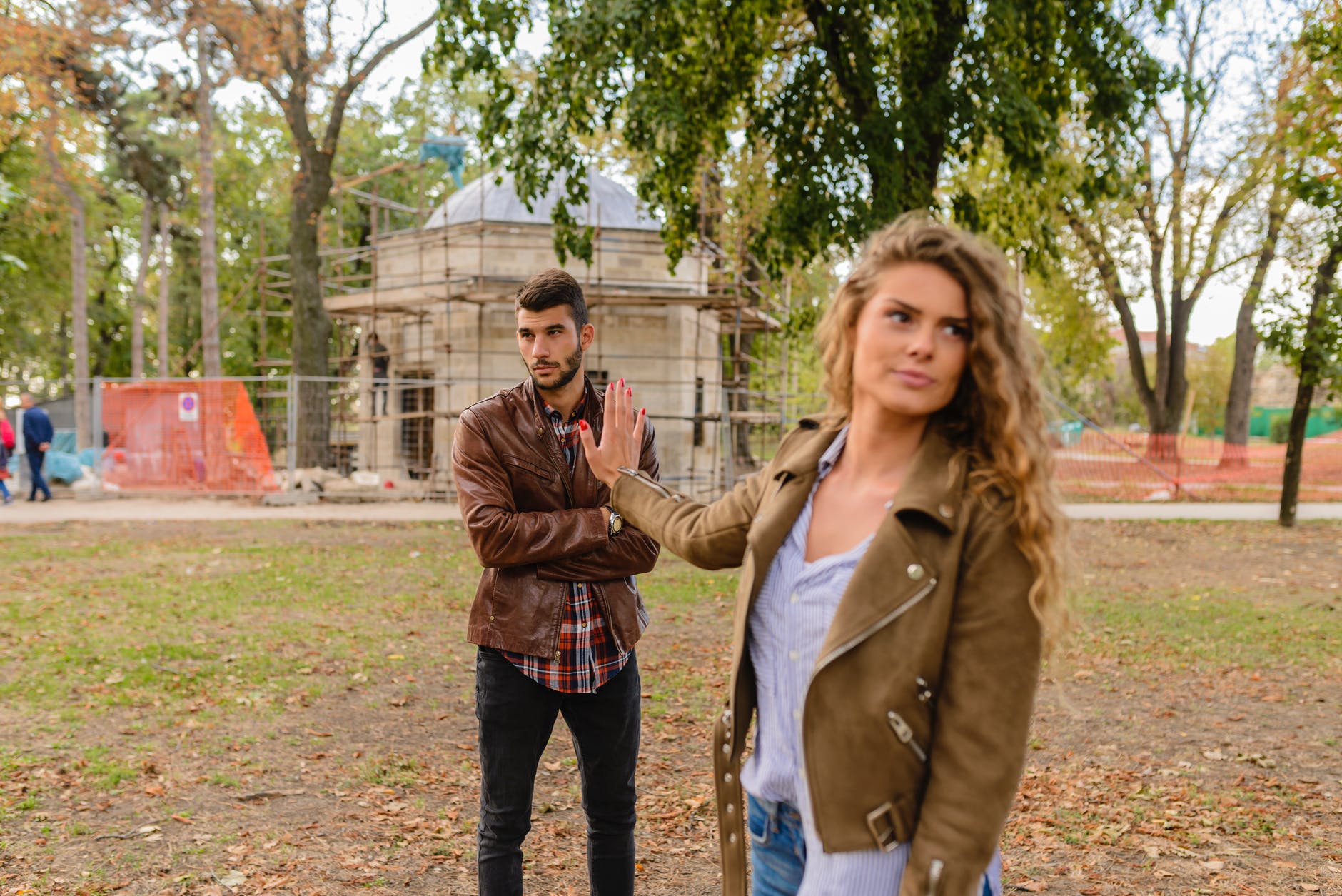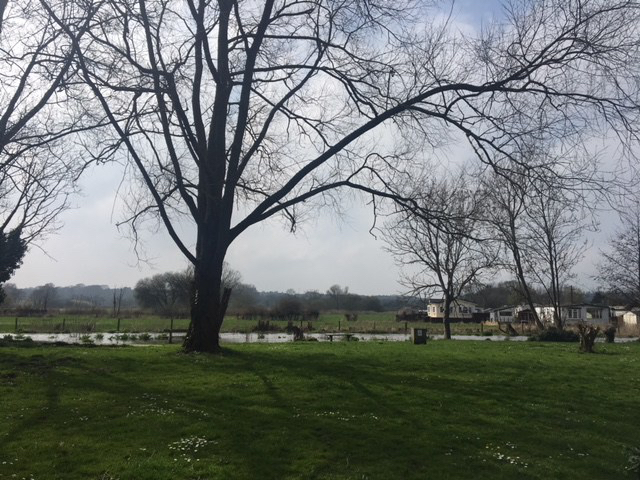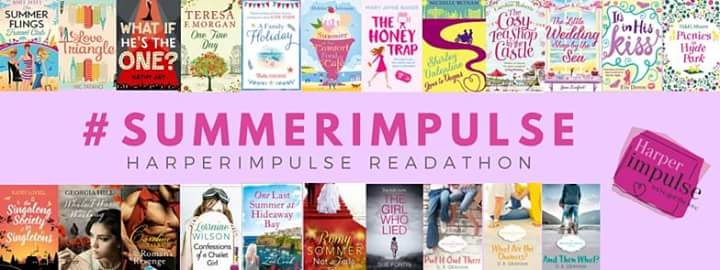
Hello my lovelies, I hope you’re well and staying safe in these uncertain times! I’m having a bit of a ‘pinch myself’ moment, because today marks the paperback publication day for The Last Charm, which came out in ebook and audiobook on 21 August.

I’ve been incredibly lucky with The Last Charm because people have really taken it into their hearts, with lots of support from bloggers and authors, and there are now over 240 ratings on Amazon UK along with 130+ fab reviews. It’s also been in several Top 10 Charts on Amazon in Hot New Releases, and in October hit #117 in the whole of the Amazon US store, and was in the Top 10 for Holiday Romance and Friendship Fiction over there 🙂 At the moment, the dream is to acquire one of those little orange ‘Bestseller’ flags – we’ll see! I also had amazing news that a high street retailer has placed a big order of the paperback, however with the current lockdown, no-one can get to them. Hopefully in early December, lockdown will lift and I’ll be able to confirm where you can lay your hands on a copy… Other than by ordering one online via Waterstones, Hive, Amazon and Bookshop. (If you’d like to order a signed copy dedicated to whoever you choose, please email me directly and I can confirm a price including postage costs).

I’d like to say a huge thank you to everyone who’s supported my book baby, from my family and friends, to authors, bloggers and readers, and to my publisher – it means a lot, especially as writing is such a solitary profession. As I’ve had to cancel my physical book launch at a local bookstore, I’m having an online launch party tonight at 7.00 p.m UK time – there’ll be fun, chat and a giveaway with prizes including two signed copies of the paperback – I’d love to see you there via Facebook https://fb.me/e/20fibqlJY
As a reminder, here’s the blurb for The Last Charm:
A moving & heartwarming love story perfect for fans of Me Before You, One Day in December & Normal People
Leila’s charm bracelet tells a story of love, a story of loss, a story of hope.
This is the story of her … and the story of Jake.
When Leila Jones loses her precious charm bracelet and a stranger finds it, she has to tell the story of how she got the charms to prove she’s the owner. Each and every one is a precious memory of her life with Jake.
So Leila starts at the beginning, recounting the charms and experiences that have led her to the present. A present she never could have expected when she met Jake nearly twenty years ago…
Here are the buy links if you’re interested:
Amazon – https://amzn.to/340NXLz
Waterstones – https://www.waterstones.com/book/the-last-charm/ella-allbright/9780008386573
Hive – https://www.hive.co.uk/Product/Ella-Allbright/The-Last-Charm/24754176
Bookshop – https://uk.bookshop.org/books/the-last-charm/9780008386573
Very excitingly, I’m also sharing paperback publication day with my lovely and talented aunt Sue Moorcroft – who is a Sunday Times bestseller – for her latest Middledip novel Christmas Wishes. It’s a fab festive read set in Sweden and the UK, and I actually helped out with a little bit of research, so if you grab a copy you might see a little mention of me in the acknowledgments! It’s the first time since we’ve both been published that we’ve shared a publication day, so in honour of that we’re appearing together on the One More Chapter (part of our publisher, HarperCollins) Book Club on Facebook next Wednesday 18 November at 1.00 p.m. via https://www.facebook.com/0neMoreChapter
Here’s the blurb for Christmas Wishes (buy links above, and it’s also available in Tesco, Sainsbury’s, Asda and Morrison’s – and WH Smith when the book shops aren’t shut)…
A sparkling Christmas read from the Sunday Times bestseller – perfect to snuggle up with this winter!
Hannah and Nico are meant to be together.
But fate is keeping them apart…
As soon as Hannah bumps into her brother Rob’s best friend Nico in Stockholm, the two rekindle a fast friendship. But Hannah has a boyfriend – and Nico has two children to look after.
When Hannah loses her beloved shop in Stockholm, though, she is forced to move back to the little village of Middledip – only to find Nico has just moved in too. Under the same snowy sky, can the childhood friends make a romance work – or are there too many obstacles standing in their way?
A heartwarming story of love, friendship, and Christmas magic, perfect for fans of Trisha Ashley and Jill Mansell.
Until next time, happy reading & writing.
Stay well & safe, Ella/Nikki xx








